Home>Gardening & Outdoor>Landscaping Ideas>How To Get Rid Of Weeds On Grass
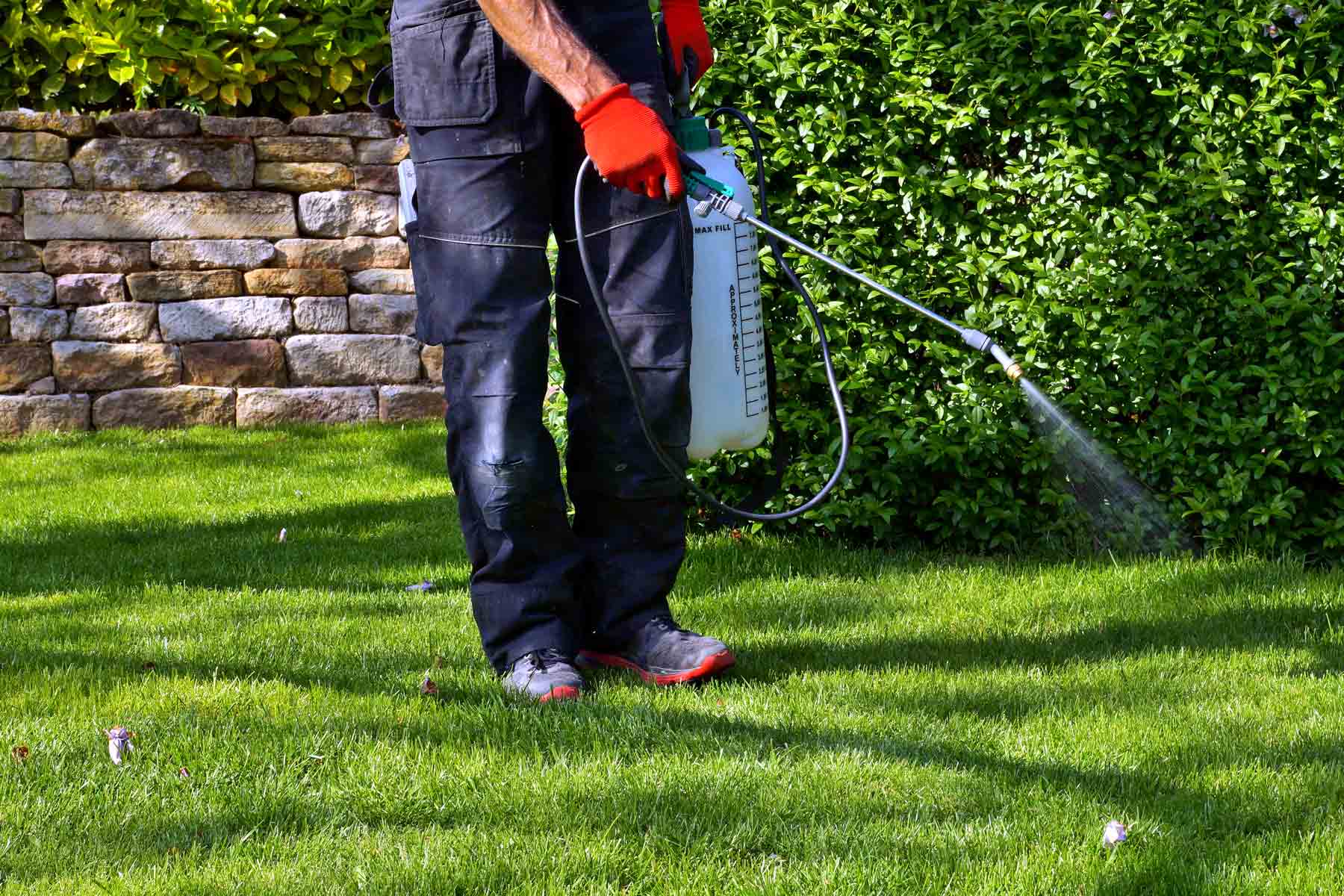

Landscaping Ideas
How To Get Rid Of Weeds On Grass
Modified: February 18, 2024
Learn effective landscaping ideas to eliminate weeds from your grass and achieve a lush, healthy lawn. Discover expert tips and techniques for weed control.
(Many of the links in this article redirect to a specific reviewed product. Your purchase of these products through affiliate links helps to generate commission for Storables.com, at no extra cost. Learn more)
Introduction
Are you tired of unsightly weeds taking over your lush green lawn? Dealing with the persistent presence of weeds can be frustrating for any homeowner striving to maintain a picture-perfect yard. However, with the right strategies and a bit of know-how, you can effectively combat these unwelcome intruders and restore the beauty of your grass.
In this comprehensive guide, we will delve into various methods for eliminating weeds from your lawn, ranging from preventive measures to manual and chemical weed control techniques. Additionally, we will explore natural approaches that align with eco-friendly practices, ensuring a harmonious balance between a weed-free lawn and environmental consciousness.
By gaining a deeper understanding of weeds and the factors contributing to their proliferation, you will be equipped with the knowledge to tackle this common landscaping challenge with confidence. Whether you prefer traditional methods or seek eco-conscious solutions, this guide will provide you with the insights and techniques needed to reclaim the vibrancy of your grass and keep pesky weeds at bay.
Let's embark on this journey to transform your lawn into a flourishing oasis, free from the clutches of invasive weeds. With the right strategies and a touch of perseverance, you can achieve a weed-free lawn that becomes the envy of the neighborhood. Let's dive into the world of weed control and discover the path to a verdant, immaculate lawn that you can proudly call your own.
Key Takeaways:
- Say goodbye to weeds by maintaining a healthy lawn, preventing weed growth, and using natural methods like mulching and hand weeding. Embrace the journey to a vibrant, weed-free oasis in your yard!
- Understand the types of weeds, their life cycles, and how they spread to effectively combat them. Choose from manual removal, chemical control, or eco-friendly methods for a lush, weed-free lawn.
Read more: How To Get Rid Of Weeds On A Patio
Understanding Weeds
Before delving into weed control methods, it’s essential to grasp the nature of weeds and their impact on your lawn. Weeds are simply plants that are growing where they are not wanted, and they can thrive in various conditions, often outcompeting desirable grass and plants for essential resources such as water, sunlight, and nutrients. Common weeds include dandelions, crabgrass, clover, and chickweed, among others.
Weeds can be classified into two main categories: broadleaf weeds and grassy weeds. Broadleaf weeds, as the name suggests, have wider leaves and often produce conspicuous flowers. Examples of broadleaf weeds include dandelions and clover. On the other hand, grassy weeds, such as crabgrass and quackgrass, resemble turfgrass but can quickly overtake a lawn if left unchecked.
Understanding the life cycle of weeds is crucial for effective control. Weeds can be annual, biennial, or perennial. Annual weeds complete their life cycle within one year, germinating from seeds, growing, flowering, setting seed, and then dying. Biennial weeds have a two-year life cycle, while perennial weeds can live for many years, regrowing from the same root system each season.
Weeds can spread through various means, including wind-dispersed seeds, animal transport, and human activities. Understanding the mechanisms of weed dispersal can help in implementing preventive measures to minimize their introduction and spread within your lawn.
It’s important to recognize that weeds are not only a visual nuisance but can also disrupt the health and vigor of your grass. They compete with desirable plants for resources, create uneven and unsightly patches in the lawn, and diminish its overall appeal. Additionally, certain weeds may harbor pests and diseases, further compromising the well-being of your lawn.
By gaining insight into the nature and behavior of weeds, you can develop a targeted approach to weed control that aligns with the specific types of weeds present in your lawn. Armed with this understanding, you are better equipped to implement effective strategies to prevent weed growth and restore the vitality of your grass.
Preventing Weed Growth
Prevention is often the most effective strategy in managing weeds, as it reduces the need for extensive weed control measures in the future. By implementing proactive practices, you can create an environment that discourages weed growth and promotes the flourishing of your grass.
One of the fundamental steps in preventing weed growth is to maintain a healthy and dense lawn. A well-nourished and vigorously growing turfgrass can outcompete weeds, leaving little room for them to establish and thrive. Regular fertilization, proper watering, and adequate mowing practices contribute to the overall health of your lawn, creating an inhospitable environment for weeds.
Ensuring proper soil health is also essential in weed prevention. Conducting soil tests to assess nutrient levels and pH can guide you in making informed decisions regarding soil amendments, promoting optimal conditions for your grass while inhibiting weed growth. Additionally, aerating the soil can improve its structure, enhance root development, and reduce the likelihood of weed infestations.
Another preventive measure involves overseeding your lawn with high-quality grass seed. Thickening the turf through overseeding helps to fill in bare patches and minimize opportunities for weeds to take hold. Selecting grass varieties that are well-suited to your specific climate and soil conditions can further bolster the resilience of your lawn against weed encroachment.
Maintaining proper lawn care practices, such as regular dethatching and core aeration, can also contribute to a weed-resistant lawn. Dethatching removes the accumulation of organic debris, preventing the buildup of a thatch layer that can harbor weed seeds and impede water and nutrient penetration. Core aeration alleviates soil compaction, allowing for improved air and water movement, which fosters a healthier turf and inhibits weed establishment.
Implementing a strategic and consistent mowing regimen is crucial in preventing weed growth. Setting the mower blade at the appropriate height for your grass species and adhering to the one-third rule—never removing more than one-third of the grass blade at a time—promotes strong root development and shades the soil, impeding weed germination and growth.
By integrating these preventive measures into your lawn care routine, you can create an environment that is conducive to the thriving of your grass while thwarting the encroachment of weeds. Taking a proactive stance against weed growth sets the stage for a healthier, more resilient lawn that exudes natural beauty and vitality.
Manual Weed Removal
When confronted with isolated weed infestations or when dealing with weeds in areas where chemical control is not feasible or desired, manual weed removal can be an effective and environmentally friendly approach. This hands-on method allows you to target individual weeds while minimizing the impact on surrounding vegetation.
Before embarking on manual weed removal, it’s important to identify the types of weeds present in your lawn. Different weeds may require specific removal techniques to prevent regrowth and ensure effective eradication. Tools such as hand trowels, weed pullers, and dandelion diggers can aid in the precise extraction of weeds, especially those with deep taproots.
When removing weeds manually, it’s crucial to ensure that the entire root system is extracted to prevent regrowth. Grasping the weed at its base and gently but firmly pulling upward can help in removing the entire plant, including its roots. For weeds with extensive root systems, such as dandelions, using a specialized tool designed to extract deep roots can facilitate thorough removal.
Manual weed removal is particularly suitable for small-scale weed control and for targeting weeds in areas where herbicides may pose risks to desirable plants or the environment. It allows for selective targeting of weeds without affecting the surrounding grass and plants, making it a precise and environmentally conscious approach to weed management.
Regular monitoring of your lawn for weed emergence is essential for timely manual removal. By promptly addressing new weed growth, you can prevent the spread of weeds and minimize their impact on the overall aesthetic and health of your lawn. Consistent vigilance and proactive weed removal contribute to maintaining a pristine and weed-free lawn.
While manual weed removal requires time and effort, it offers the advantage of minimizing the use of chemical herbicides and provides a hands-on, personalized approach to weed control. By incorporating manual weed removal into your lawn care routine, you can effectively address weed infestations while nurturing a healthy and vibrant lawn, free from the encumbrance of invasive weeds.
Regularly mow your grass to a height of 3-4 inches to shade out weeds. Apply a pre-emergent herbicide in early spring to prevent weed seeds from germinating. Hand pull or spot treat any existing weeds with a post-emergent herbicide.
Chemical Weed Control
Chemical weed control, or herbicide application, is a widely used method for managing weed infestations in lawns. When employed judiciously and in accordance with product labels and safety guidelines, herbicides can effectively target weeds while minimizing impact on desirable vegetation. It’s important to understand the types of herbicides available and their respective modes of action to make informed decisions regarding their application.
Selective herbicides are designed to target specific types of weeds while sparing desirable grasses and plants. They are particularly useful for controlling broadleaf weeds in lawns without harming the turfgrass. Non-selective herbicides, on the other hand, are effective against a wide range of weeds and vegetation, making them suitable for spot treatments and controlling weeds in non-turf areas.
Pre-emergent herbicides work by preventing weed seeds from germinating, providing a proactive approach to weed control. When applied at the appropriate time, typically before weed seeds begin to sprout, pre-emergent herbicides create a barrier that inhibits weed establishment, reducing the need for post-emergent weed control measures.
Post-emergent herbicides are applied to actively growing weeds and are designed to kill or inhibit the growth of established weeds. They can be further categorized as contact herbicides, which affect only the parts of the plant they come into contact with, and systemic herbicides, which are absorbed and translocated throughout the plant, effectively targeting the roots and inhibiting regrowth.
When utilizing chemical weed control, it’s crucial to adhere to safety precautions and application guidelines provided by the product manufacturer. This includes wearing appropriate personal protective equipment, applying herbicides under favorable weather conditions, and avoiding overspray onto desirable vegetation or non-target areas.
Integrating chemical weed control into your lawn care regimen requires a thoughtful and informed approach. It’s essential to identify the types of weeds present in your lawn and select herbicides that are effective against those specific weed species while being compatible with your grass type. Additionally, timing herbicide applications in accordance with weed growth stages and environmental conditions is critical for maximizing efficacy.
While chemical weed control can be an effective tool for managing weed infestations, it’s important to exercise caution and consider alternative methods, especially in areas frequented by children, pets, or wildlife. By using herbicides responsibly and in conjunction with other weed control strategies, you can achieve a well-maintained, weed-free lawn that enhances the overall beauty and health of your outdoor space.
Read more: How To Get Rid Of Vine Weeds In Grass
Natural Weed Control Methods
For those seeking eco-friendly and natural approaches to weed control, several methods can effectively manage weed growth while minimizing the use of synthetic chemicals. These natural strategies harness the power of nature and sustainable practices to promote a healthy lawn and deter the encroachment of weeds.
Mulching is a time-honored natural weed control method that offers multiple benefits for your lawn. Applying a layer of organic mulch, such as wood chips, straw, or shredded leaves, around plants and in garden beds helps suppress weed growth by blocking sunlight and hindering weed seed germination. Additionally, organic mulch enriches the soil as it decomposes, contributing to the overall health of your lawn and plants.
Hand weeding, although a manual approach, aligns with natural weed control methods when performed without the use of synthetic herbicides. Regularly inspecting your lawn and garden beds for weeds and diligently removing them by hand can effectively manage weed populations and prevent their spread. This method allows for selective targeting of weeds while preserving the integrity of surrounding vegetation.
Utilizing vinegar as a natural herbicidal agent can be an effective and environmentally friendly approach to weed control. Acetic acid, the active ingredient in vinegar, can be applied directly to weeds to desiccate and kill them. When using vinegar as a weed control method, it’s important to exercise caution to avoid unintended contact with desirable plants, as vinegar can affect a broad range of vegetation.
Boiling water can serve as a natural and non-toxic weed control solution, particularly for weeds growing in areas where you want to avoid the use of herbicides. Pouring boiling water over weeds effectively damages their cell structure, causing them to wither and perish. This method is best suited for targeting weeds in areas such as driveways, walkways, and garden paths.
Cultivating a strong and healthy lawn through proper lawn care practices is a foundational natural weed control method. By maintaining optimal soil health, providing adequate nutrients, and promoting vigorous grass growth, you create an environment that naturally suppresses weed proliferation. A thick and healthy turfgrass canopy shades the soil, inhibiting weed germination and growth.
Integrating these natural weed control methods into your lawn care routine empowers you to manage weed growth while embracing sustainable and environmentally conscious practices. By leveraging the inherent properties of natural materials and adopting mindful approaches to weed control, you can cultivate a vibrant and resilient lawn that thrives in harmony with nature.
Conclusion
Embarking on the journey to reclaim the beauty of your lawn from the clutches of invasive weeds is a rewarding endeavor that encompasses a diverse array of strategies and approaches. By understanding the nature of weeds and the factors contributing to their proliferation, you gain valuable insights that form the foundation of effective weed control.
Preventive measures, such as maintaining a healthy and dense lawn, optimizing soil health, and implementing proper lawn care practices, serve as the first line of defense against weed encroachment. These proactive steps create an environment that fosters the flourishing of your grass while inhibiting the establishment of weeds.
Manual weed removal and chemical weed control methods offer targeted approaches to managing weed infestations, each with its unique advantages and considerations. Whether opting for hands-on weed extraction or utilizing herbicides, it’s essential to tailor your approach to the specific types of weeds present in your lawn and to prioritize safety and environmental consciousness.
Natural weed control methods provide eco-friendly alternatives that harness the power of nature to suppress weed growth. From mulching and hand weeding to utilizing natural herbicidal agents, these methods offer sustainable and non-toxic approaches to weed management, aligning with environmentally conscious practices.
As you navigate the realm of weed control, it’s important to approach the task with a holistic perspective, considering the unique characteristics of your lawn, the types of weeds present, and your environmental priorities. By integrating a combination of preventive measures, targeted control methods, and natural approaches, you can cultivate a vibrant and weed-free lawn that serves as a testament to your dedication and care.
Ultimately, the journey to achieving a weed-free lawn is a dynamic and rewarding process that harmonizes the art and science of landscaping. By combining knowledge, thoughtful practices, and a touch of creativity, you can transform your lawn into an oasis of natural beauty, free from the encumbrance of invasive weeds. Embrace the journey, celebrate your successes, and revel in the splendor of a verdant and immaculate lawn that reflects your commitment to nurturing a vibrant outdoor space.
Frequently Asked Questions about How To Get Rid Of Weeds On Grass
Was this page helpful?
At Storables.com, we guarantee accurate and reliable information. Our content, validated by Expert Board Contributors, is crafted following stringent Editorial Policies. We're committed to providing you with well-researched, expert-backed insights for all your informational needs.
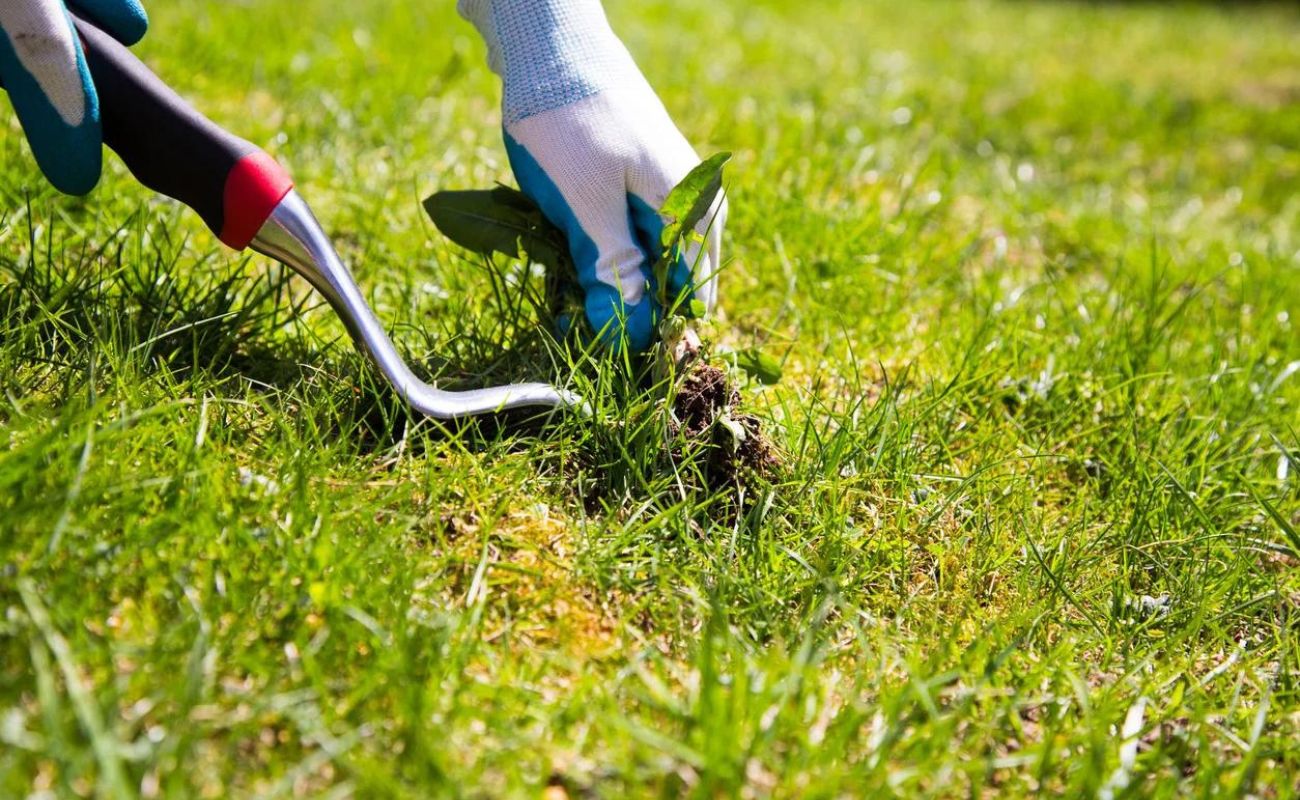
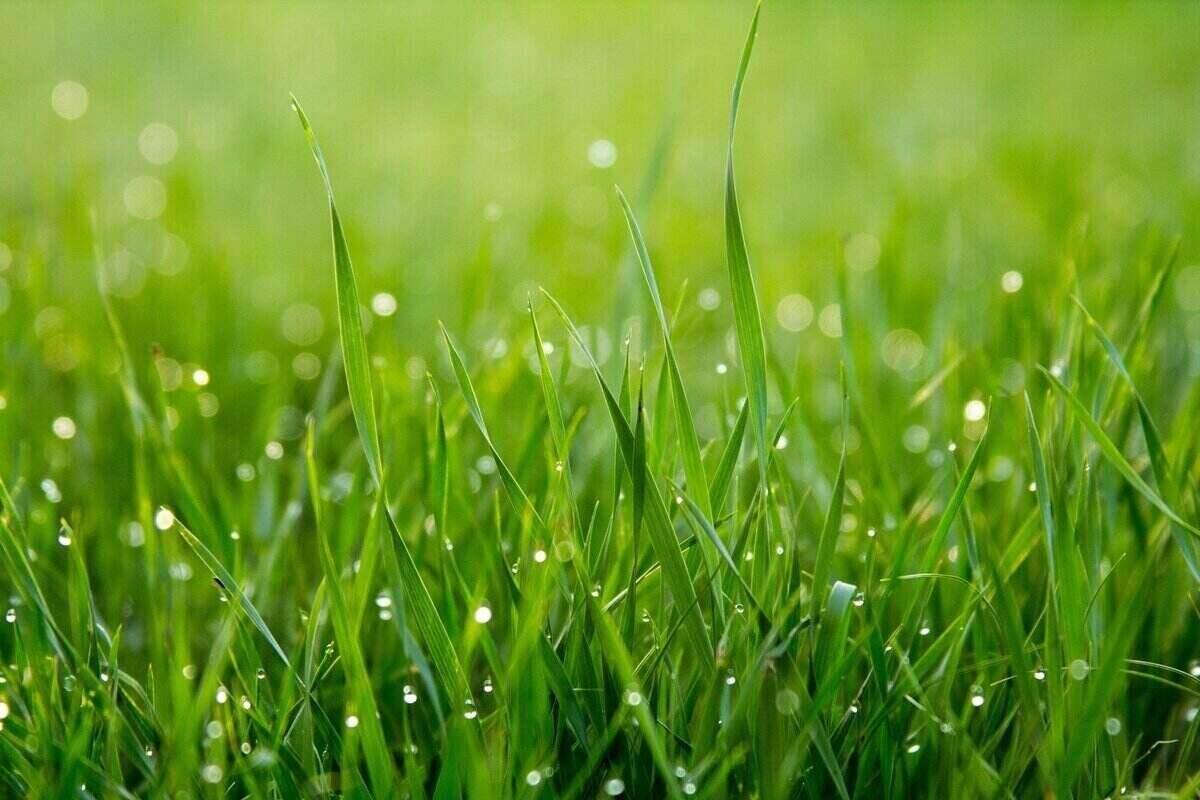
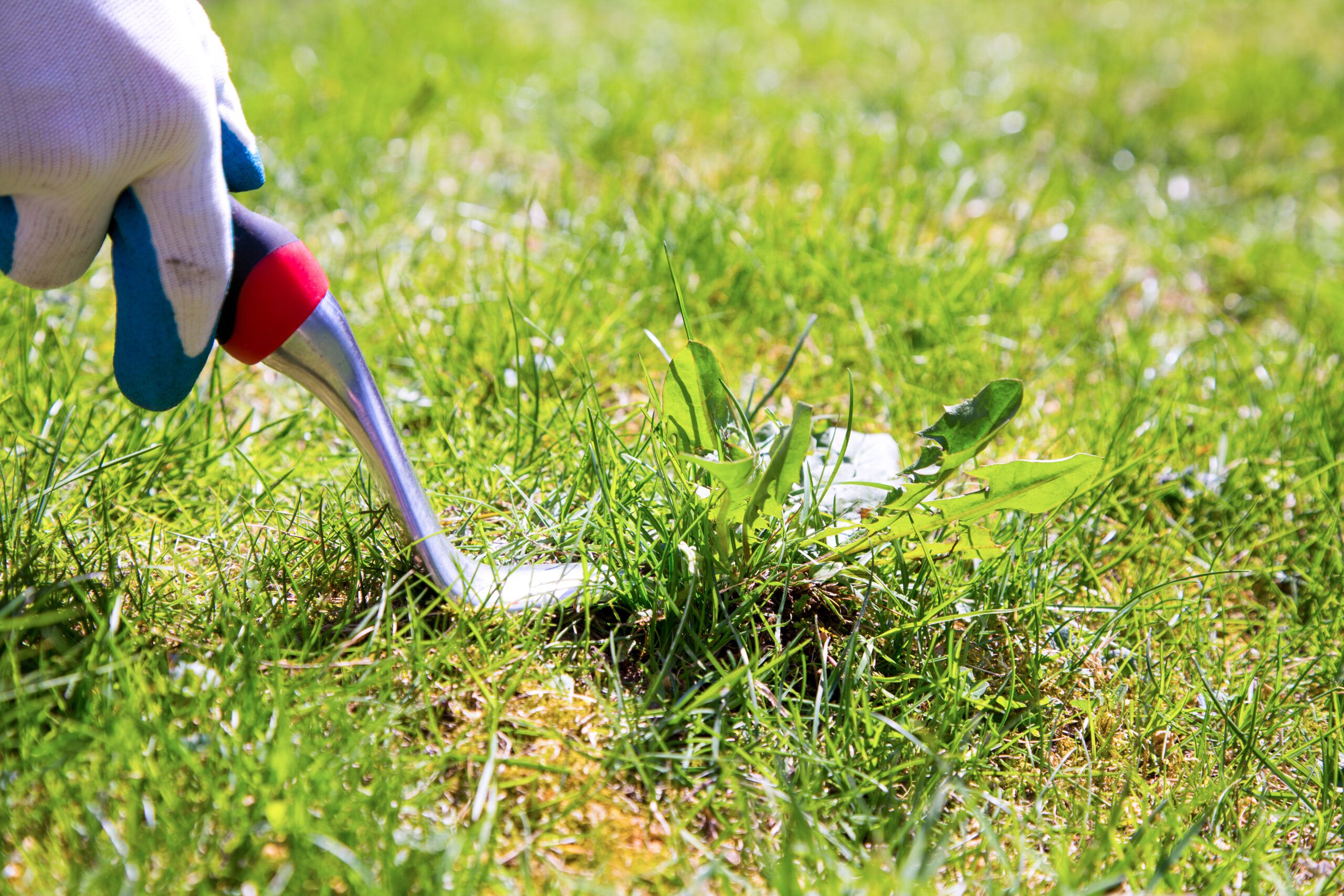
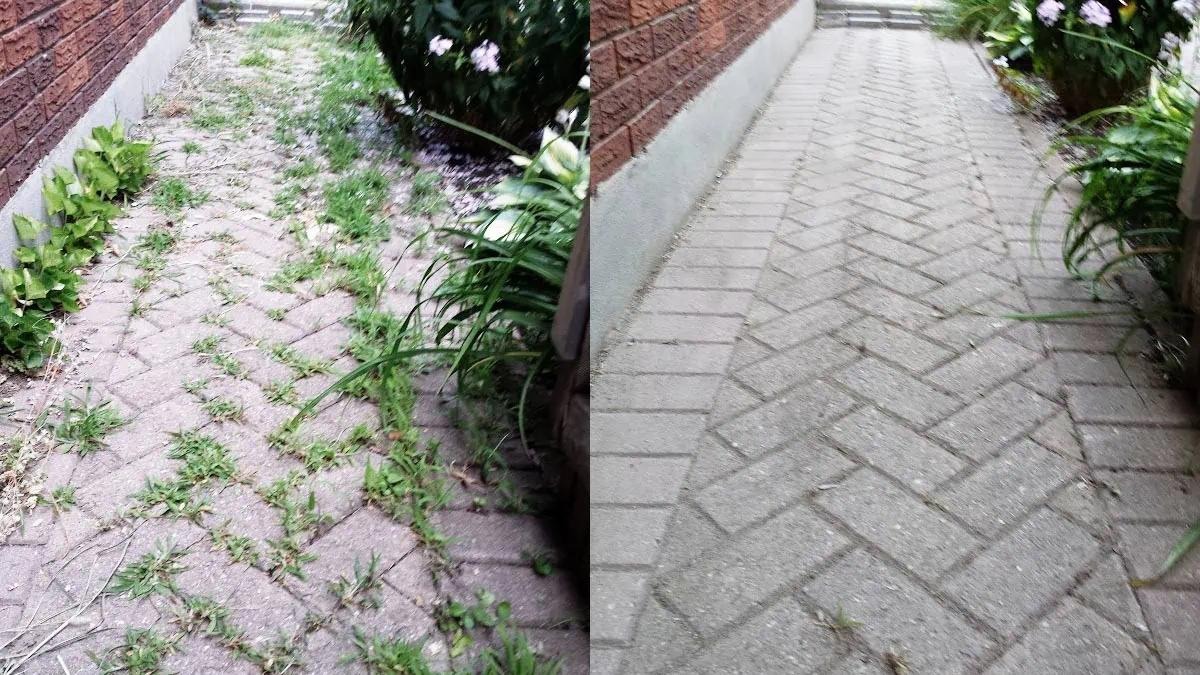


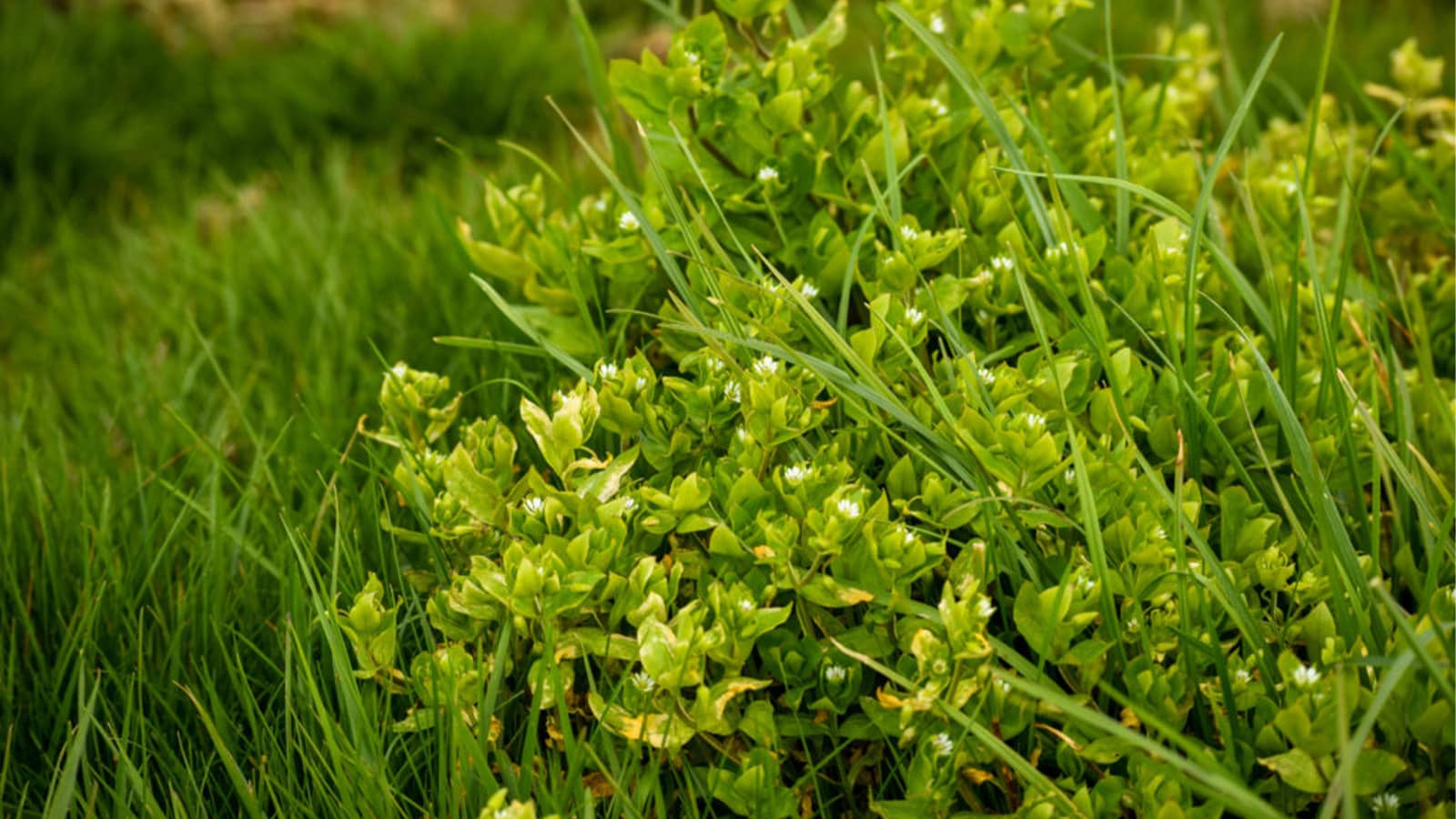








0 thoughts on “How To Get Rid Of Weeds On Grass”